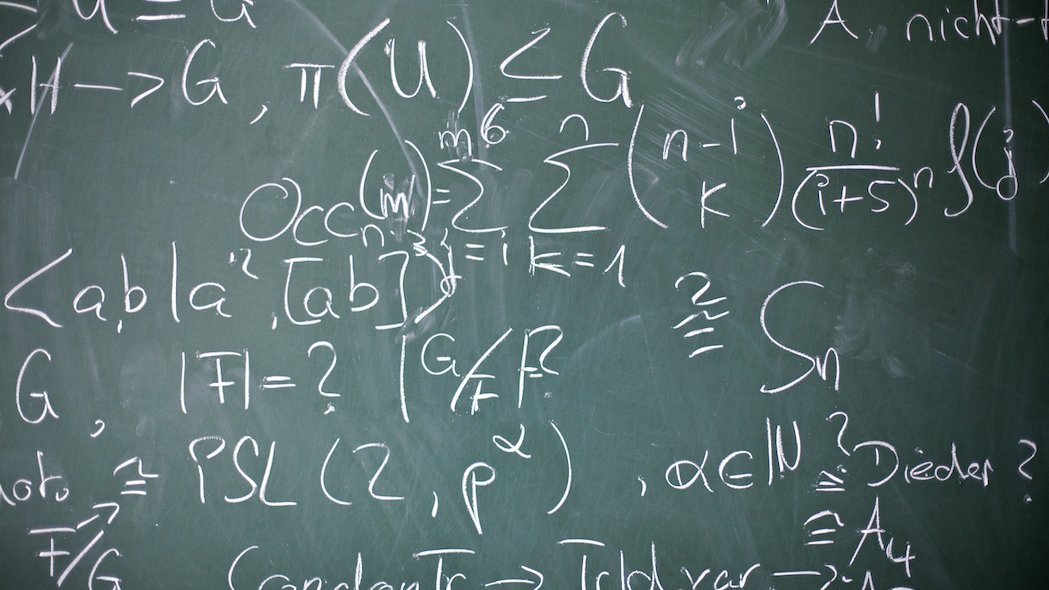Mathematics, Statistics
For more than 2,500 years, mathematics has provided mankind with computational models to make the world comprehensible. It is divided into two main areas: theoretical and applied mathematics.

Overview of the academic discipline
There is hardly a product that does not contain maths, albeit often invisibly. Mathematics is also the language and tool of many other sciences, especially the natural sciences. At its core, it provides computational models with which reality can be described and with the help of which generally valid statements can be made. The aim of studying mathematics is therefore to gain an in-depth understanding of mathematics and to learn and master mathematical concepts and methods.
Which topics are included in the curriculum?
The Bachelor's degree course teaches in-depth fundamentals in analysis (differential and integral equations, function theory, integration theory), linear algebra and analytical geometry, applied mathematics/stochastics (probability and statistics, modelling), numerics and optimisation. For application-oriented degree programmes, the curriculum also includes modules on the chosen technical, scientific, medical or economic fields of application. In addition to various methods and working techniques, the basics of computer science and the use of professional software as well as higher programming languages, including ‘computer practicals’, are usually also offered.
In the Master's programme, students then specialise or develop a profile, e.g. in pure mathematics or in various application subjects, e.g. in technical or business mathematics.
The statistics degree programme comprises the subjects of statistics, mathematics, computer science and one or more application areas. The modules on offer include, for example: Introduction and fundamentals, linear methods and models, mathematical statistics and probability, core areas of applied statistics, practical statistics with project or case studies, mathematical modules on analysis, vector and matrix calculus, numerics and logic. In the field of computer science, there are modules on data analysis, programming, software development, database and information systems as well as statistical software.
In applied mathematics, project studies and internships are generally provided. These can take place, for example, in insurance statistics, social research, biometrics, psychometrics, geosciences and meteorology.
What are the requirements?
In-depth knowledge of the following school subjects is a good prerequisite for a successful course of study: Mathematics and English.
Only rarely are Bachelor's degree programmes in mathematics subject to admission restrictions. In most cases, prospective students have to choose a major or minor subject, such as physics, in addition to maths.
What study programmes are there to choose from?
Most degree programmes are offered at universities. However, there are also degree programmes offered by universities of applied sciences and universities of cooperative education. In addition to pure mathematics and applied mathematics, there are interdisciplinary degree programmes such as business mathematics, technomathematics, financial mathematics, biomathematics and computational mathematics.
Statistics is a separate sub-area and therefore a specialisation.
What job opportunities are there after graduation?
Mathematicians mainly work in companies in the insurance and credit industry, for manufacturers of data-processing technology, software companies, management consultancies and market research institutes. As business mathematicians (and after further training as actuaries), they work for insurance companies, banks, building societies or professional pension organisations.
In the course of technological development, new fields of work are emerging in areas such as biotechnology or medical technology. There are also employment opportunities in the public sector, particularly with statistical offices and authorities as well as at universities.
